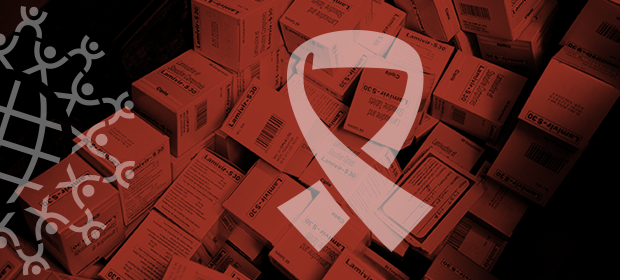Where We Work
See our interactive map


My professional interests and work priorities are centered on HIV prevention and treatment programs, particularly working with key populations, prevention of mother-to-child transmission (PMTCT), male involvement, and service integration.
I wish I could say I discovered some fantastic, innovative new programming interventions when I attended the 21st annual International AIDS Conference in Durban last month. But despite the hundreds of presentations, thousands of posters, and a steady stream of celebrity appearances—including Charlize Theron, Prince Harry, Elton John, and Edward Cameron—I didn’t.
I went from session to session, poster to poster, looking for that kernel of innovation to inspire me. However, it seems that programmatically, we continue to do a variation of the same demand creation and service delivery models we’ve been doing to address the HIV epidemic for years.
Mobile technology and social media have made some activities more efficient, but these are still somewhat limited to urban populations and countries where there is high mobile phone use.
Medical innovation alone doesn’t always lead to success.
Yes, medical innovation continues. Pre-exposure prophylaxis (or PrEP) in particular was highlighted during the conference. But medical innovation alone doesn’t always lead to success.
“The truth is we have every tool we need to prevent the spread of HIV,” Charlize Theron said in her remarks. “Every tool we need. Condoms. PrEP. PEP. ART. Awareness. Education. And yet 2.1 million people, 150,000 of them children, were infected with HIV last year.”
It’s the “and yet” piece I was expecting to get some insight into.
In the end, it was South Africa’s presentation on the success of its PMTCT program that stood out to me. Their journey has been long and challenging, but the presenters cited impressive results, including:
His question to any challenge is: what do you need to make this happen?
What contributed to this success wasn’t anything new, but a case of doing what we know works and getting it right. The presenters credited the following combination of factors:
Get the latest updates from the blog and eNews




